Power and Influence: The New Change Currency
Originally Posted on March 16, 2021
Traditional change management has a problem. I've seen this problem many times and it doesn't matter if the organization is big or small, old or new, change is difficult to sustain, when we're relying on authority to keep change in check. We're living in it now, in the pandemic world, when we talk about "going back to normal" it's a great illustration of how compelling the pull of comfort and nostalgia is. We know exactly what we're going to do the first day we're "allowed" to do it! Our current environment is an excellent illustration of how change that is required and controlled from the top, ends up being temporary.
All this to say, that the problem with traditional change management models is that they are exclusively top-down. They rely on traditional power (position, title and authority) in organizations and how much control leadership has over units of people in the organization. Authority pushes change. But if you want a change effort to be successful, you need to create an effortless sense of momentum or "pull". To harness this effortless feeling, you need to tap into influence.
When I'm assessing the pulse of the organization and figuring out how things work, I first look at the organization chart. Imagine that a CFO has just hired you to lead the implementation of a new finance IT system for a global organization. The example structure shows the CFO and three country directors. Authority and traditional power tell me that Director A (in blue) is the most important leader for the change plan. While the coaching, mentoring and preparation of leaders is a key part of successful change management, it assumes that each leader has the same aptitude, interest and natural ability to lead change. More importantly, it assumes that "pushing" change from the top down will get the job done. Operating under this assumption leads to change failure.
To tap into the effortless feeling of "pull" you need to find who has influence in the organization. Charthouse has an approach to discern how power and influence are distributed. We harness this power for change success. We look to find natural "power nodes" which are a concentration of traditional power, but importantly, a concentration of influence. Power and influence are the most valuable currency in change success. The below power map turns the traditional org chart on it's head. You can now see that it's Finance Director C (in yellow) who has the highest degree of influence both on their team and their colleagues.
Most importantly, influence can be used for or against the change effort, influence is a driving factor in change failure as much as it drives success. In fact, when I'm called in to revive stalled change efforts and help organizations move forward, I've found that power and influence is the top reason why change has failed.



